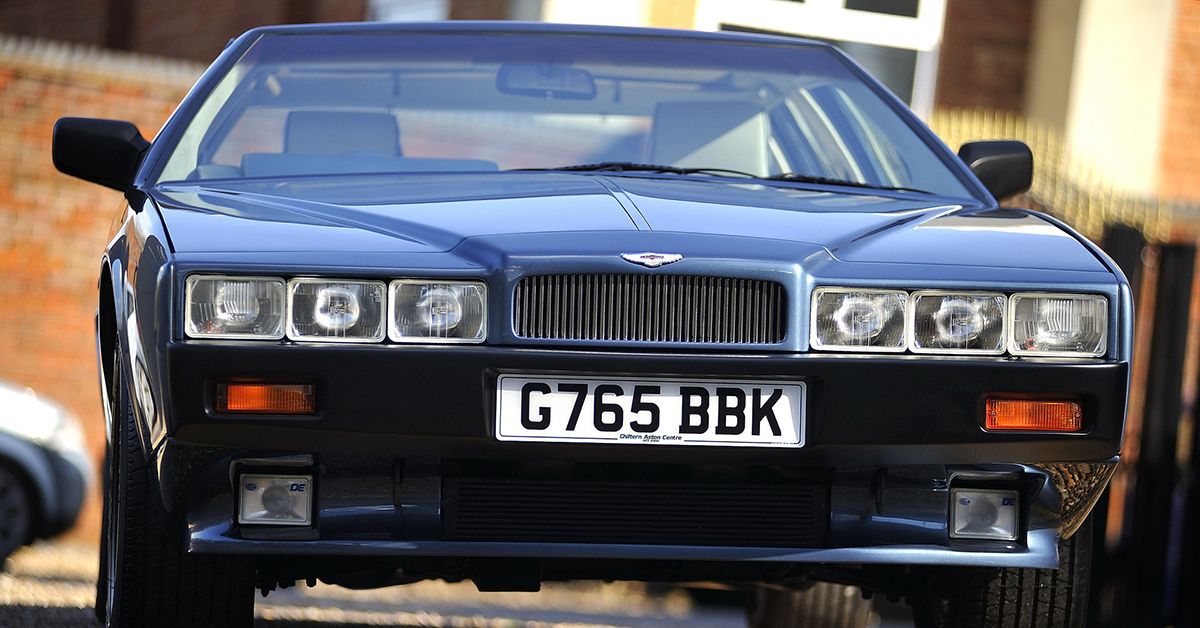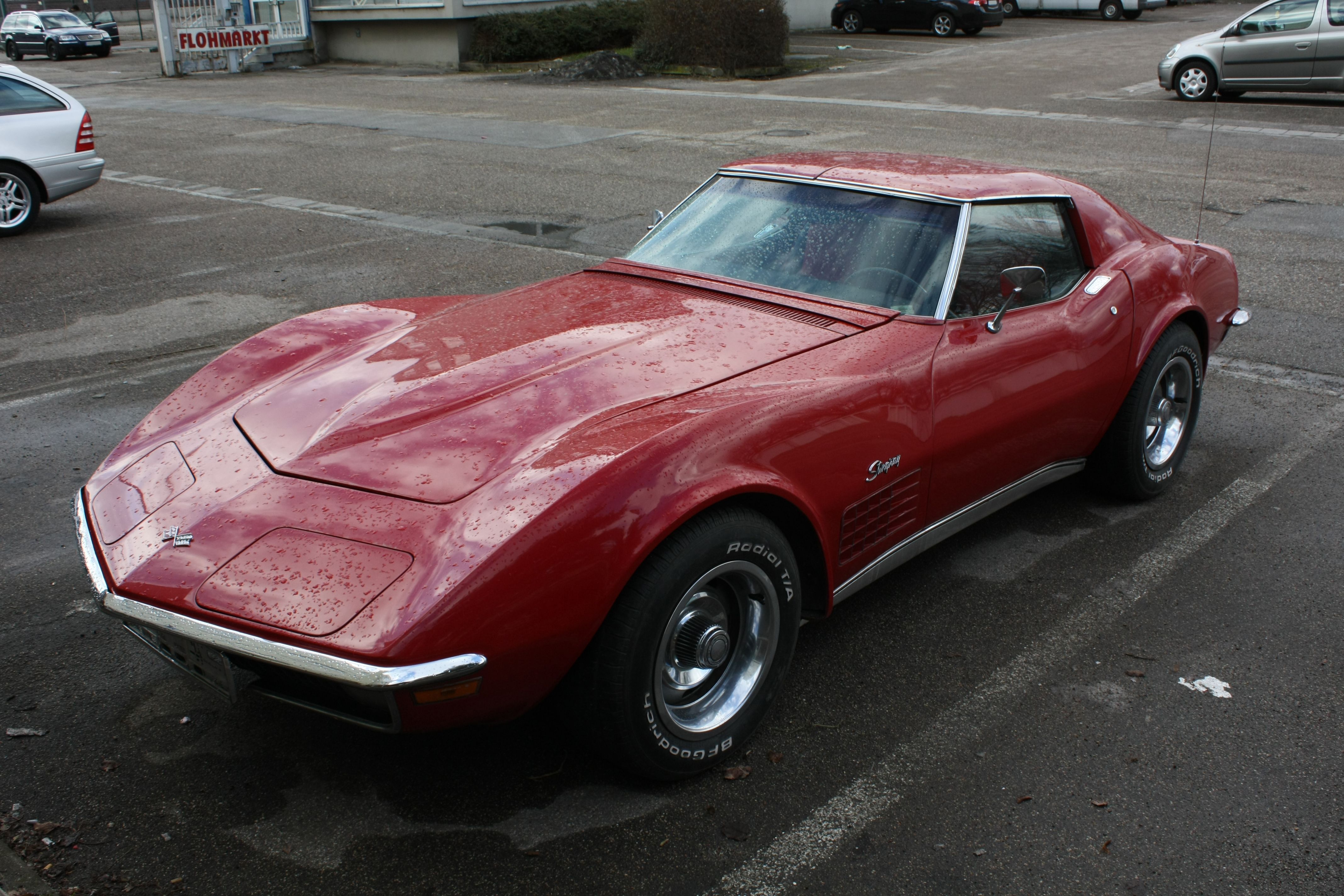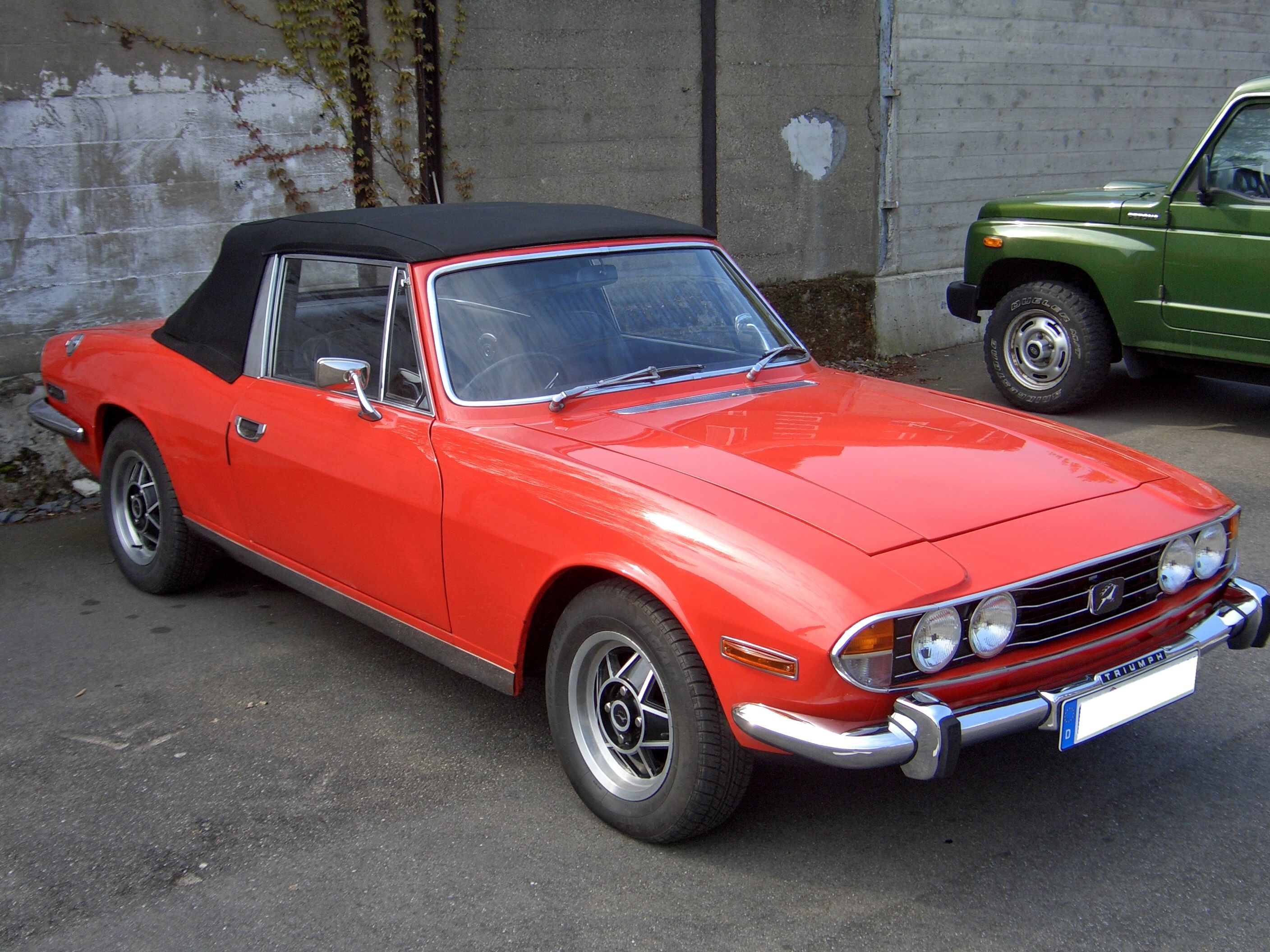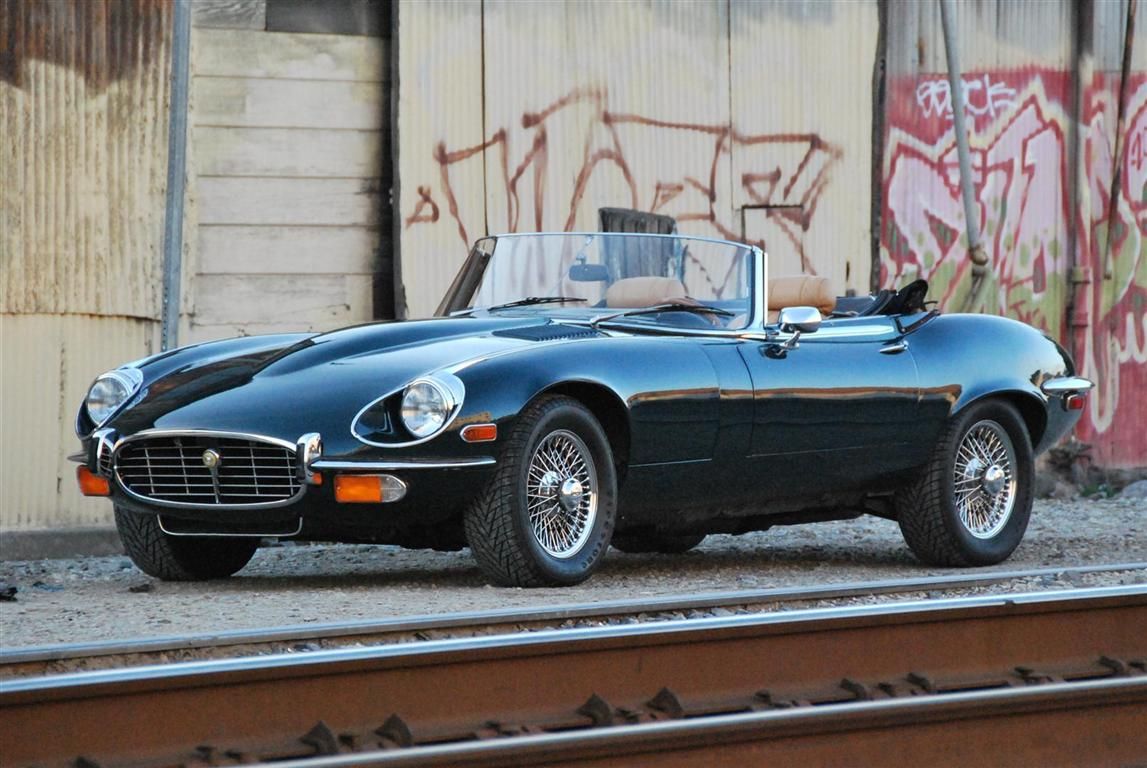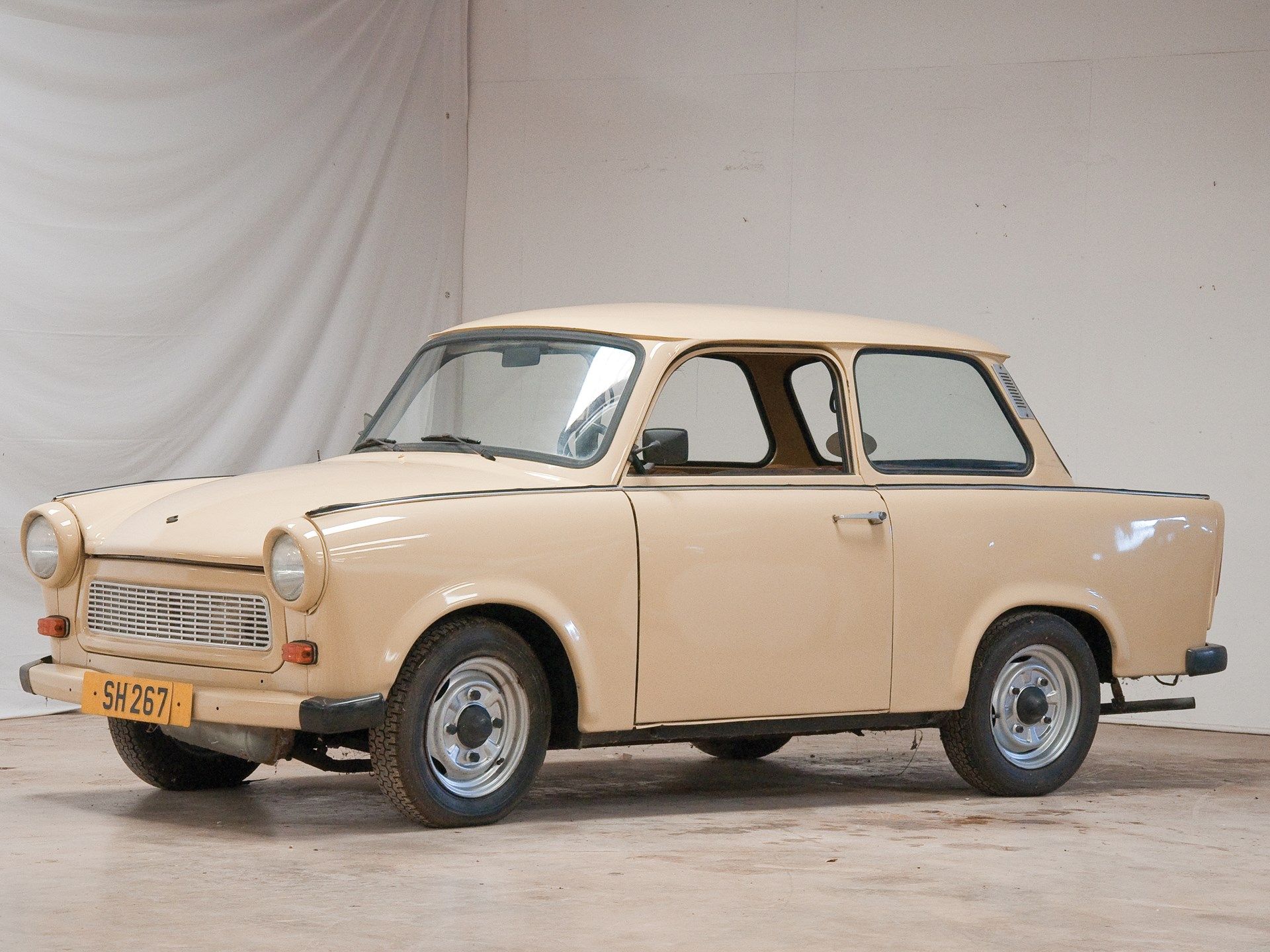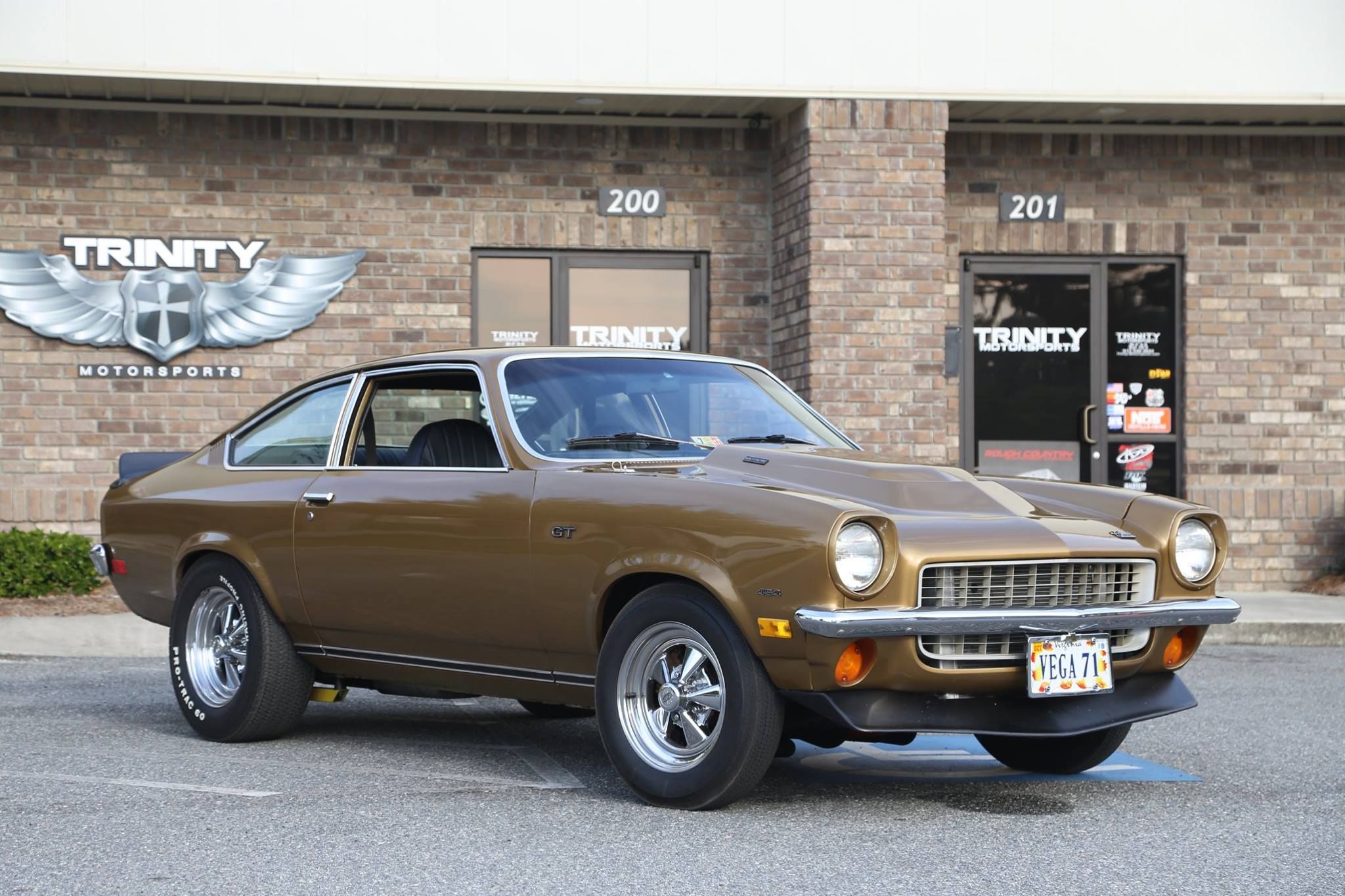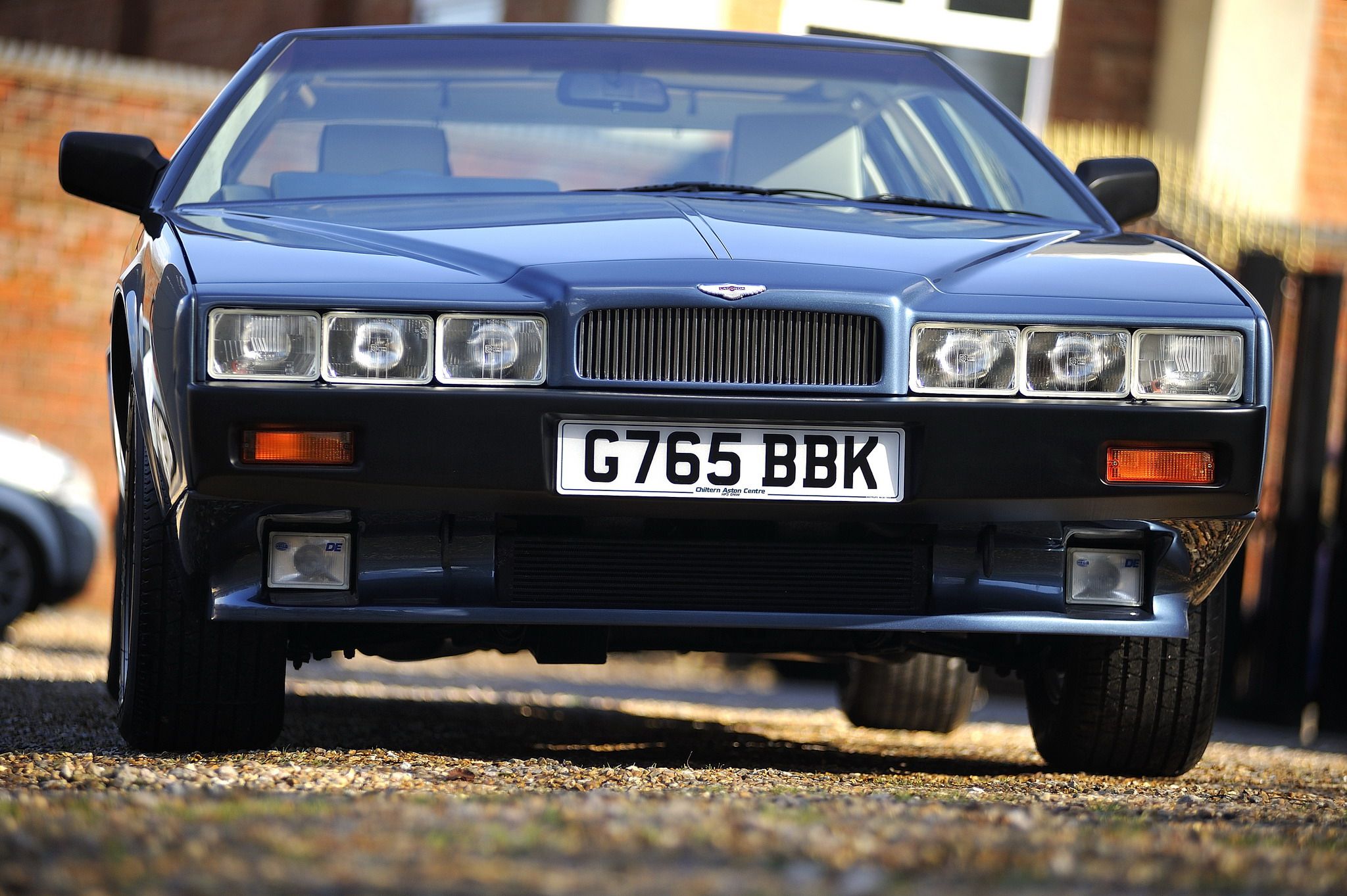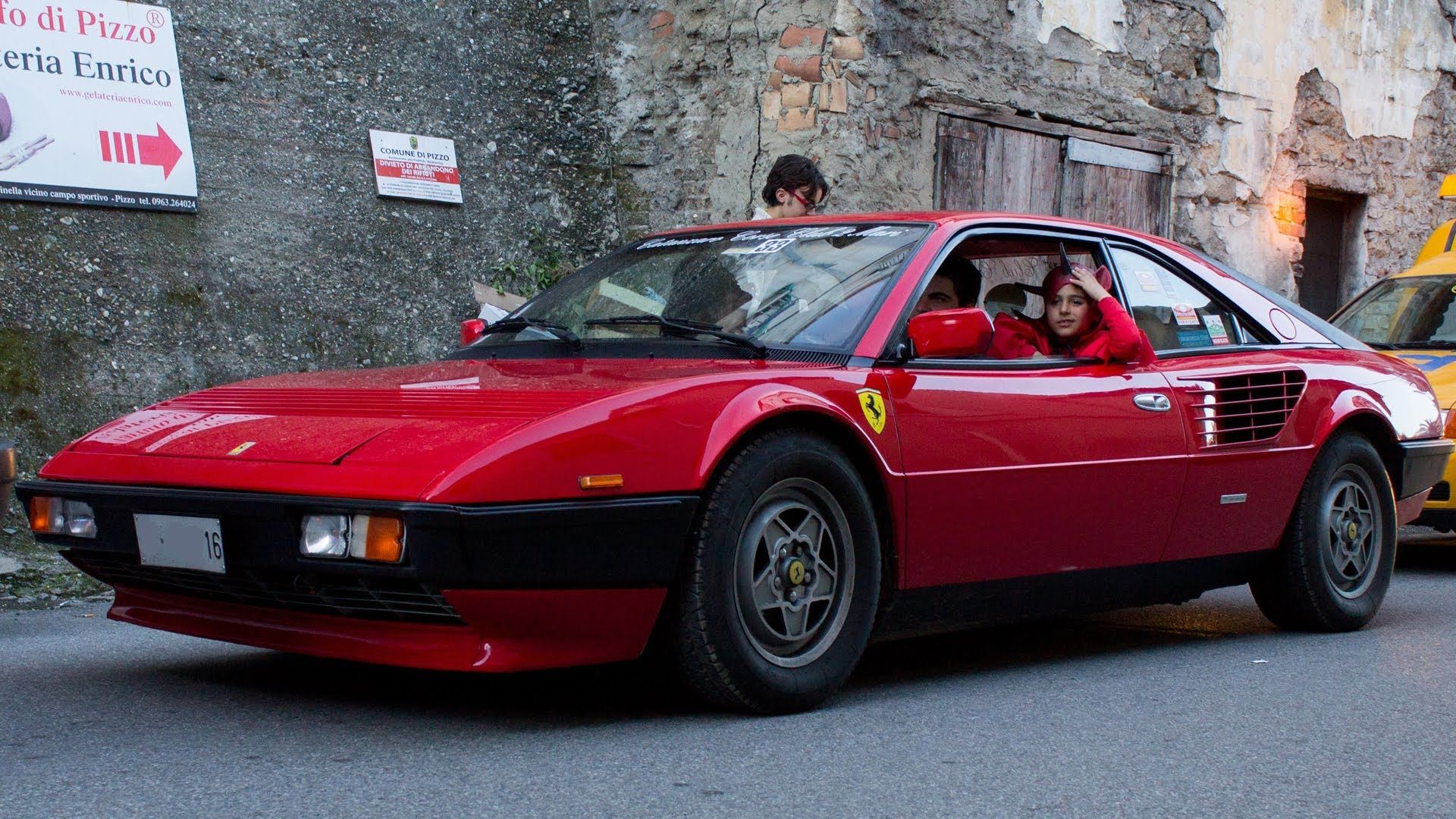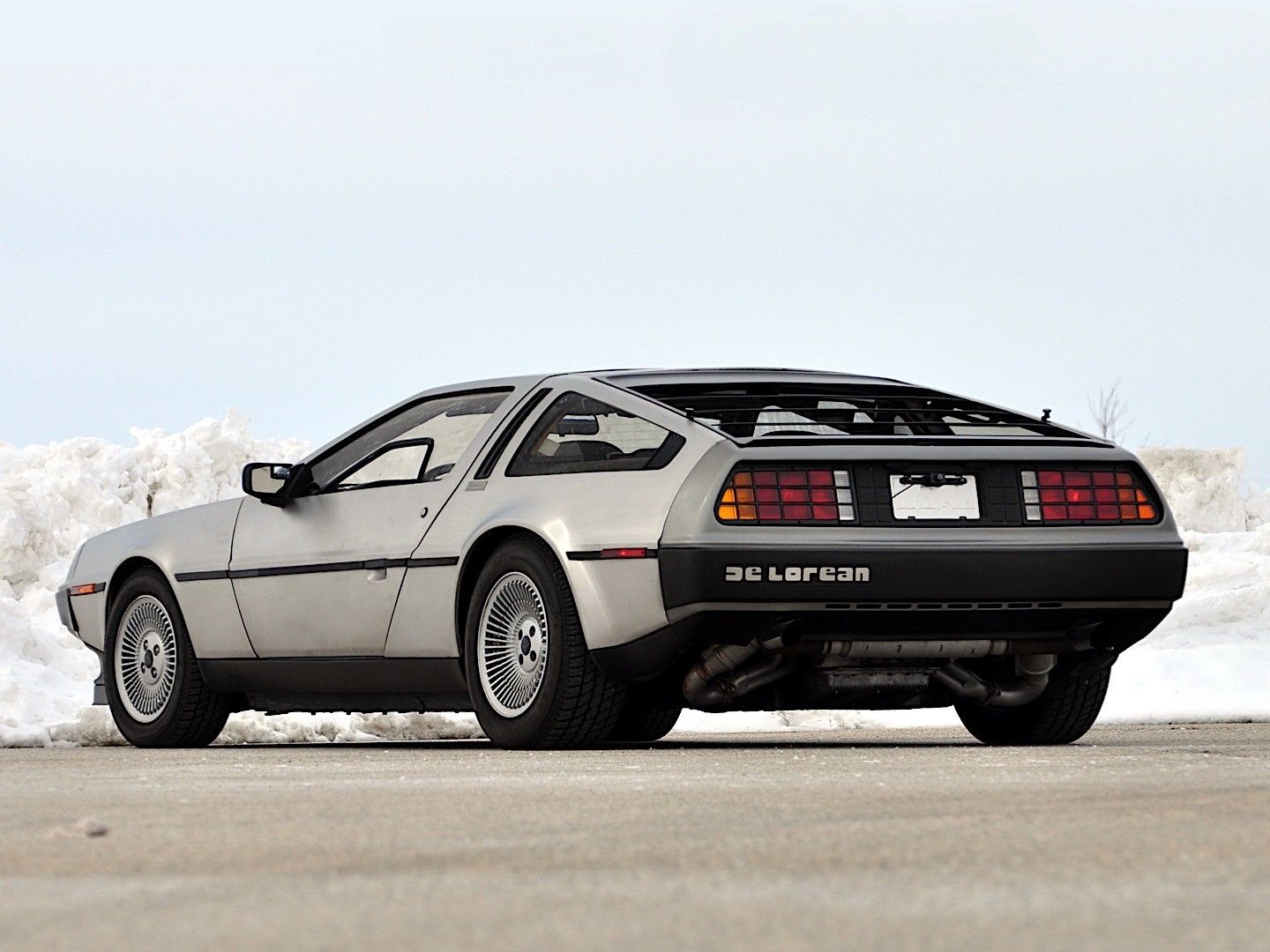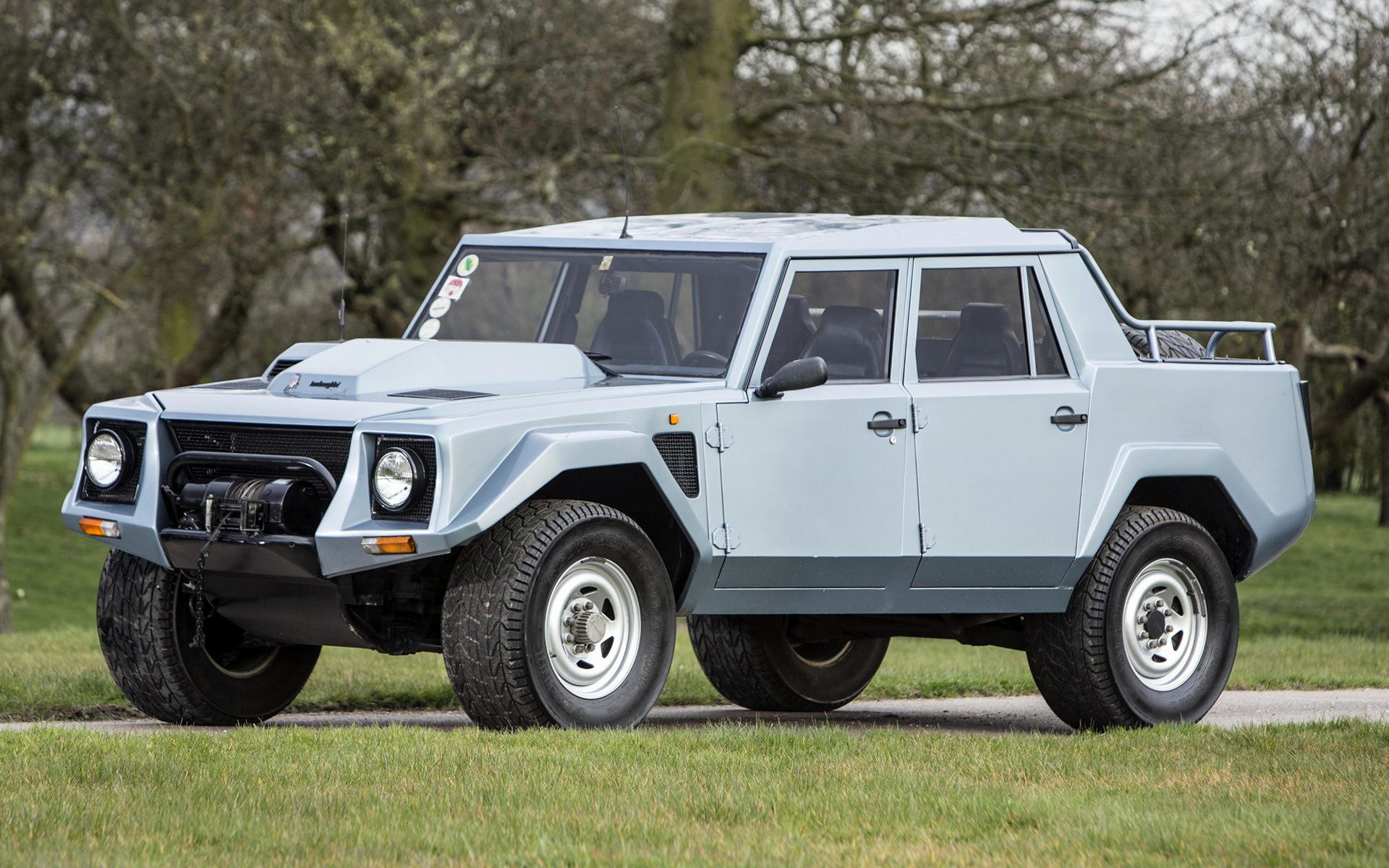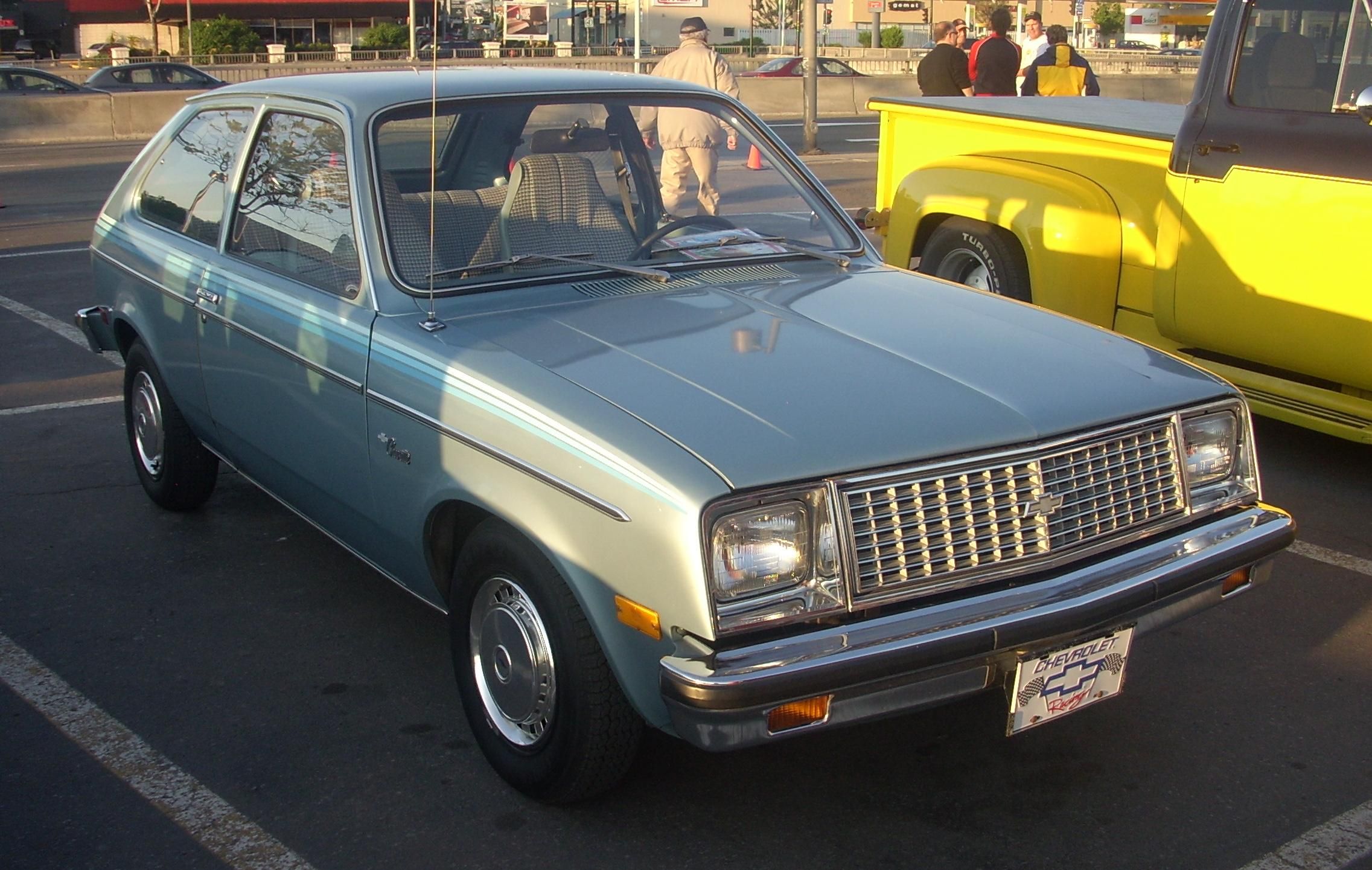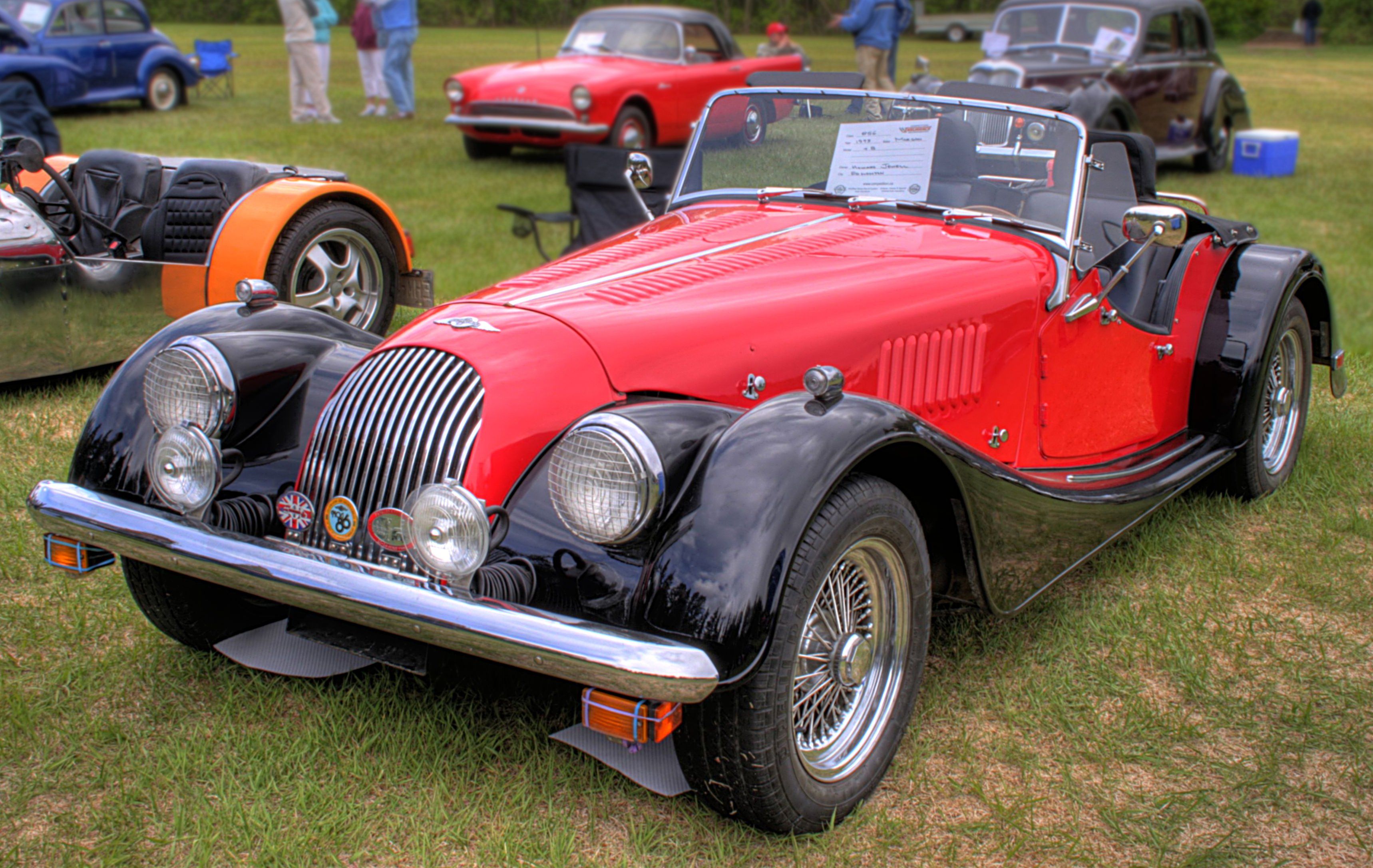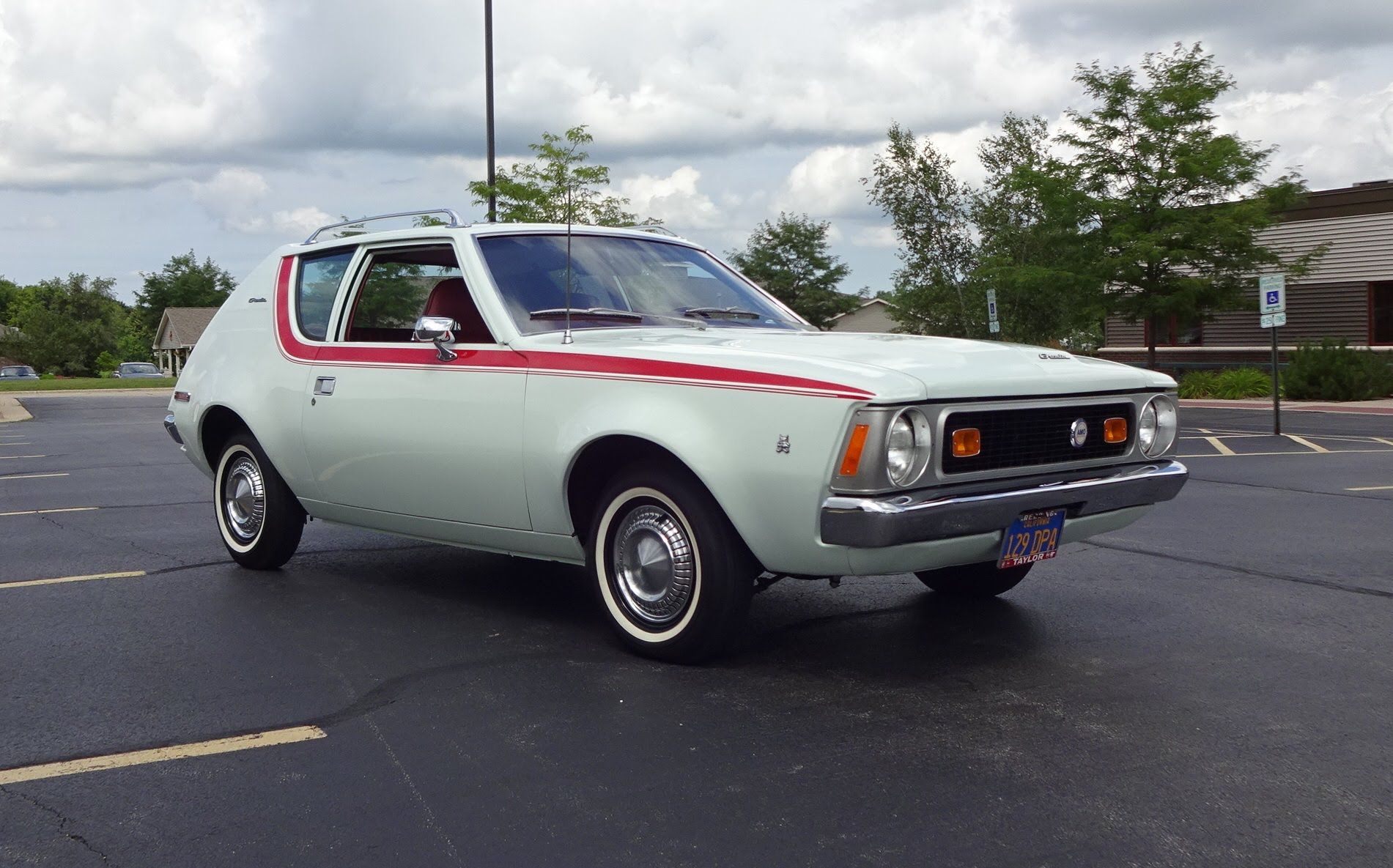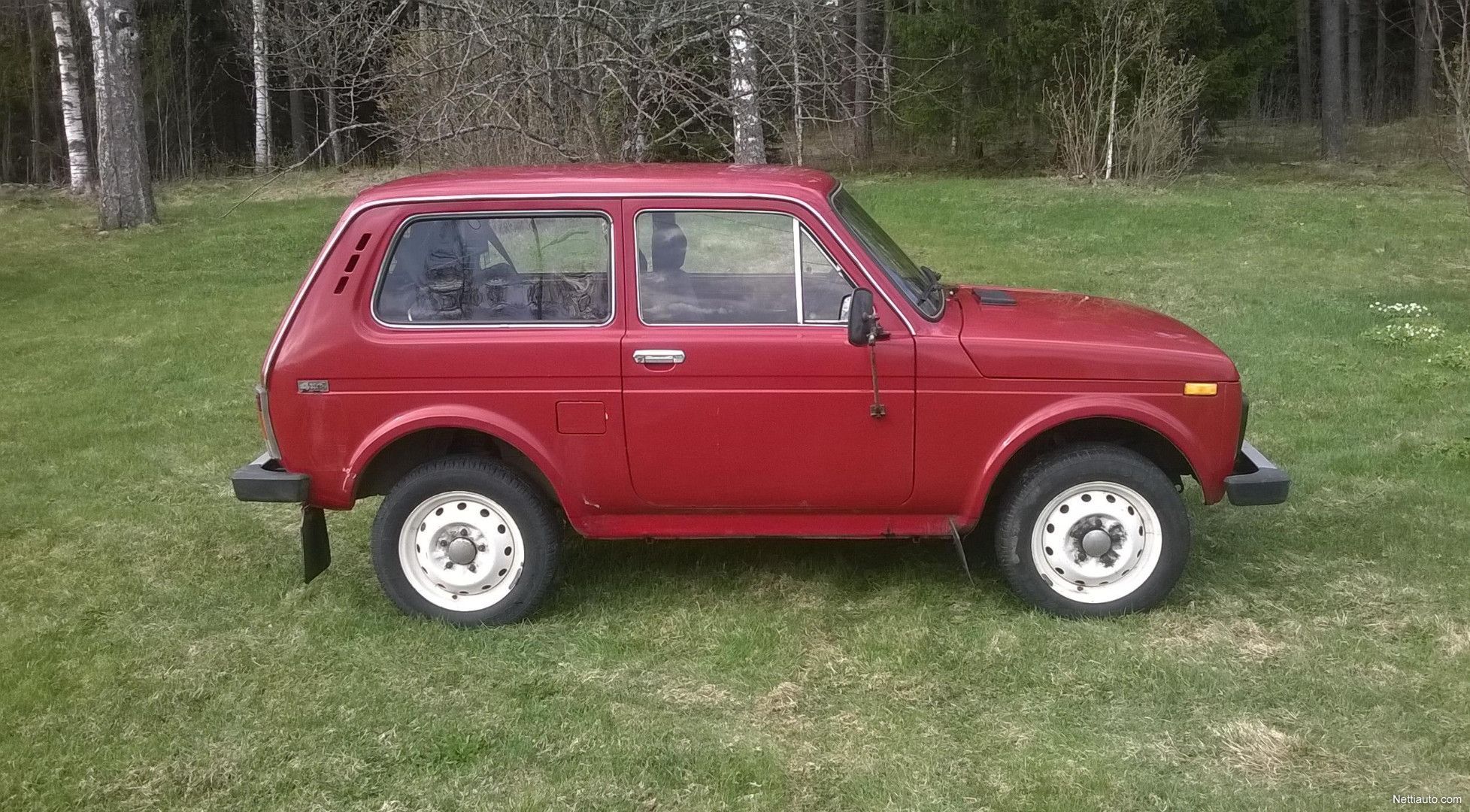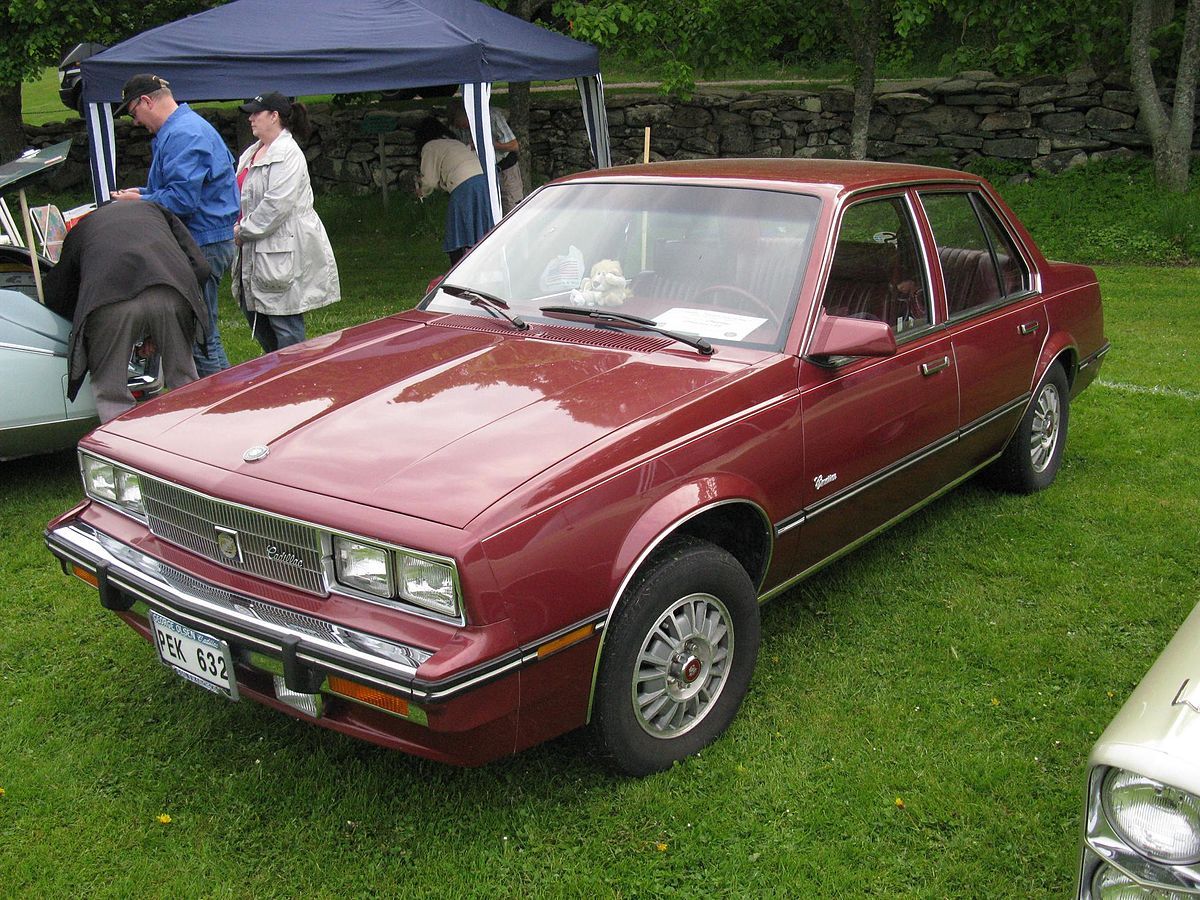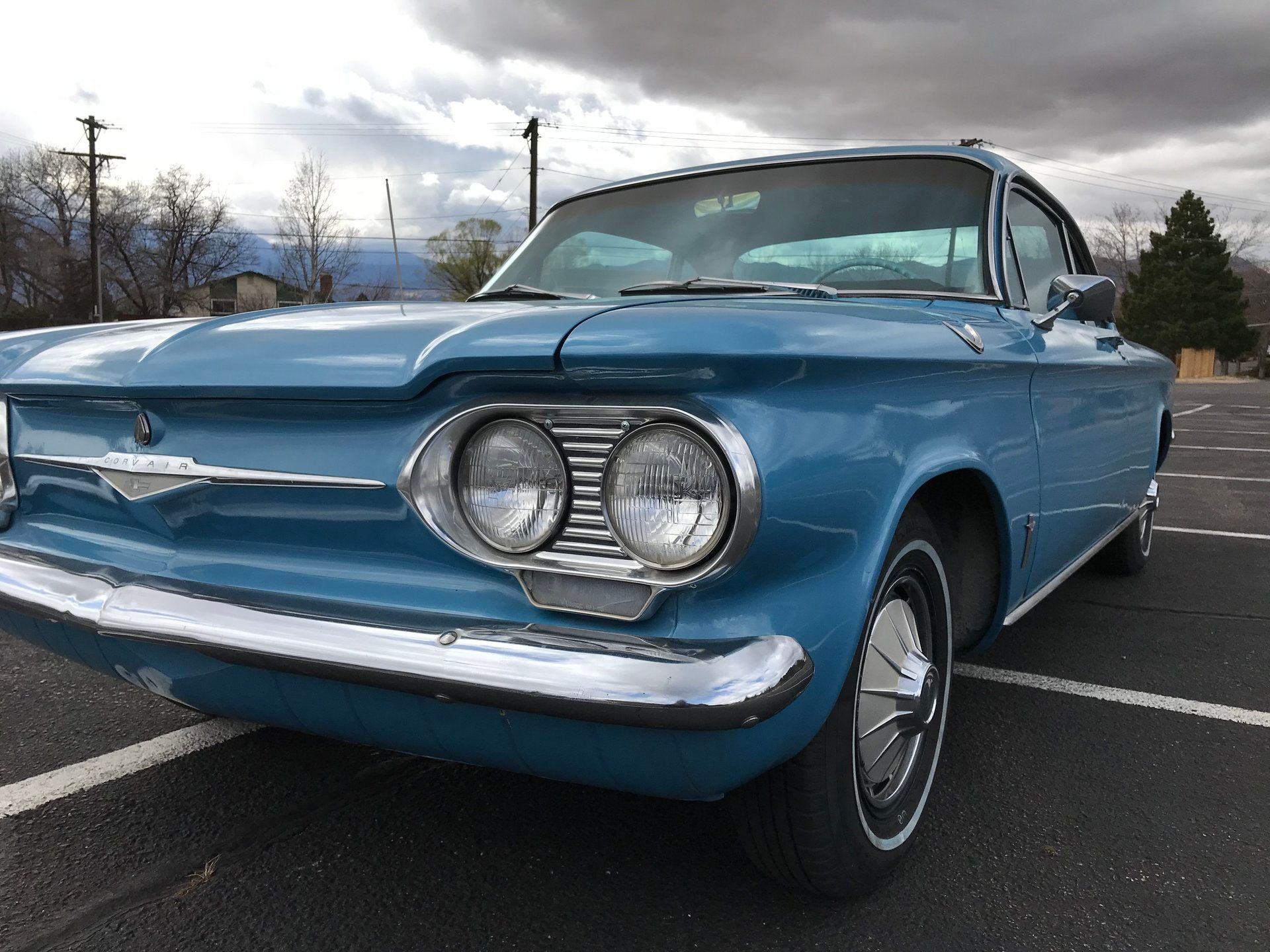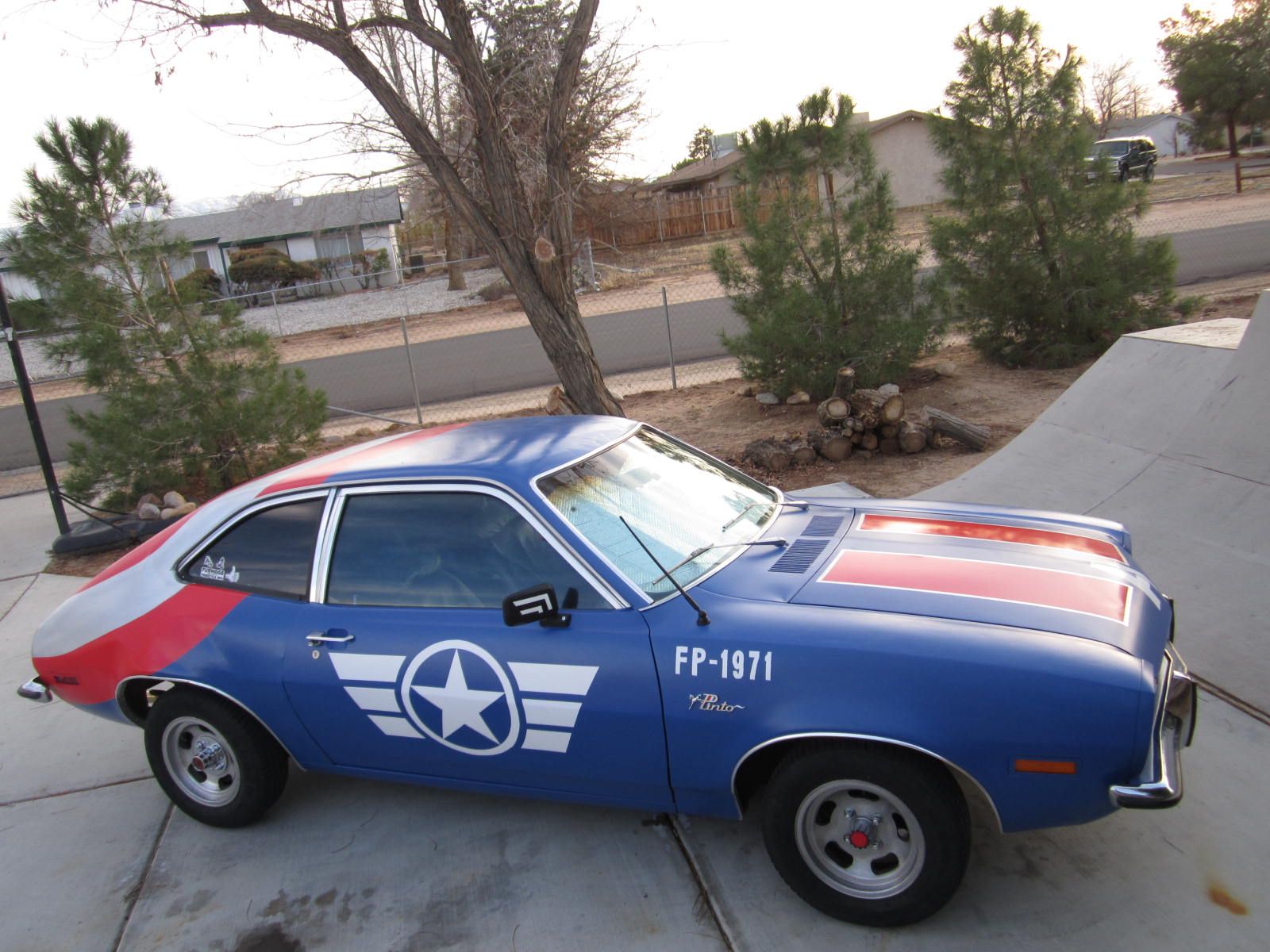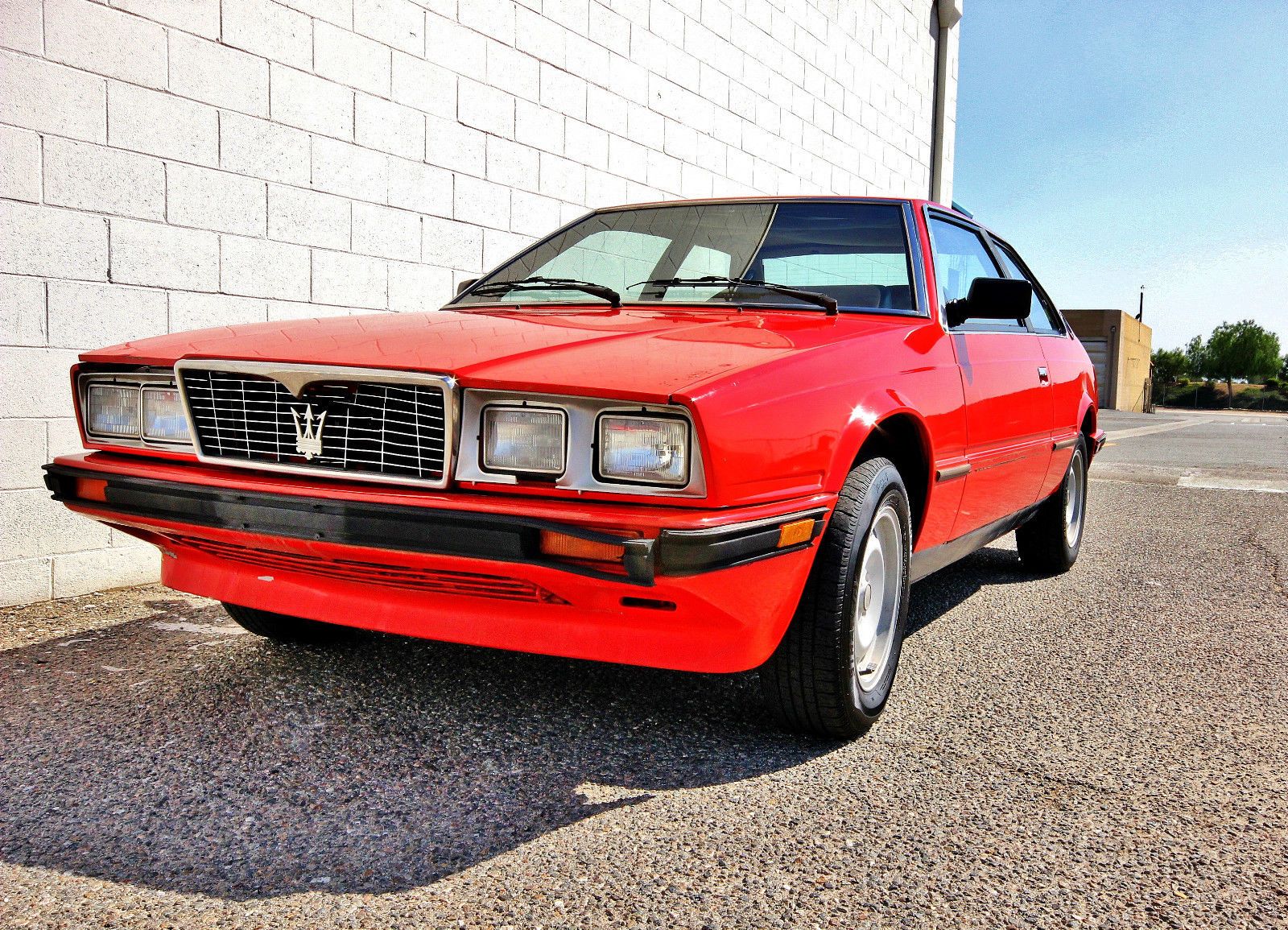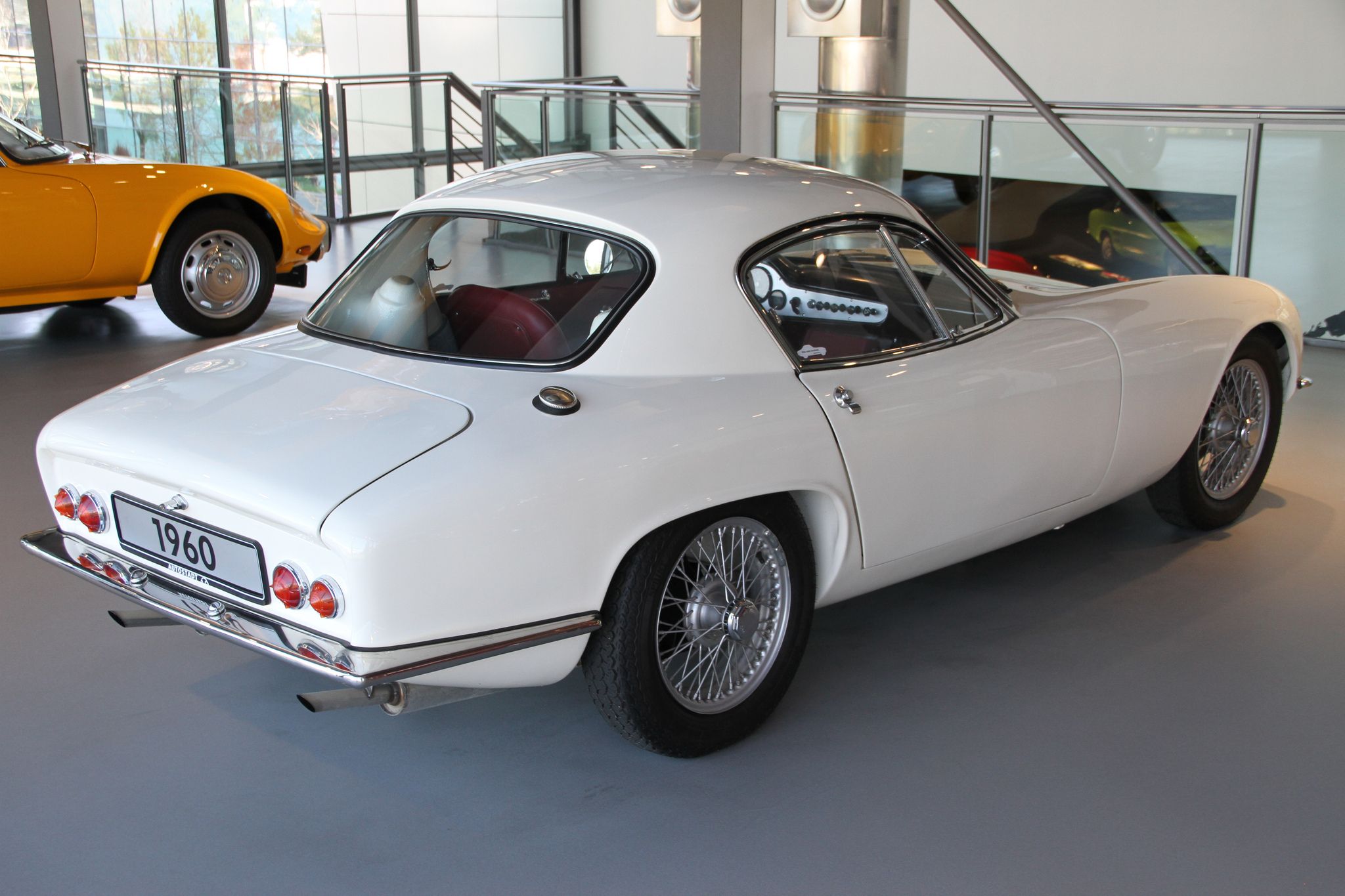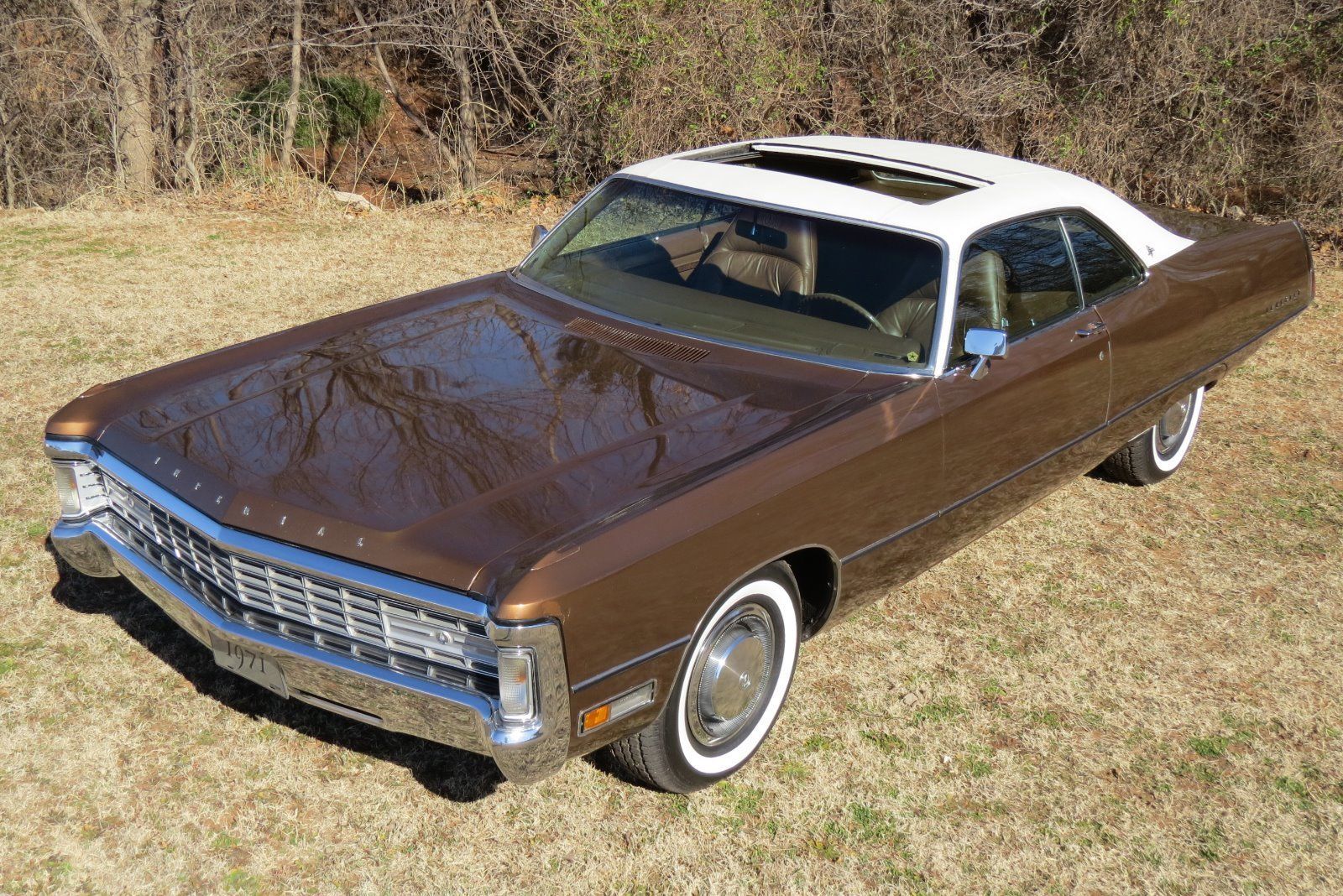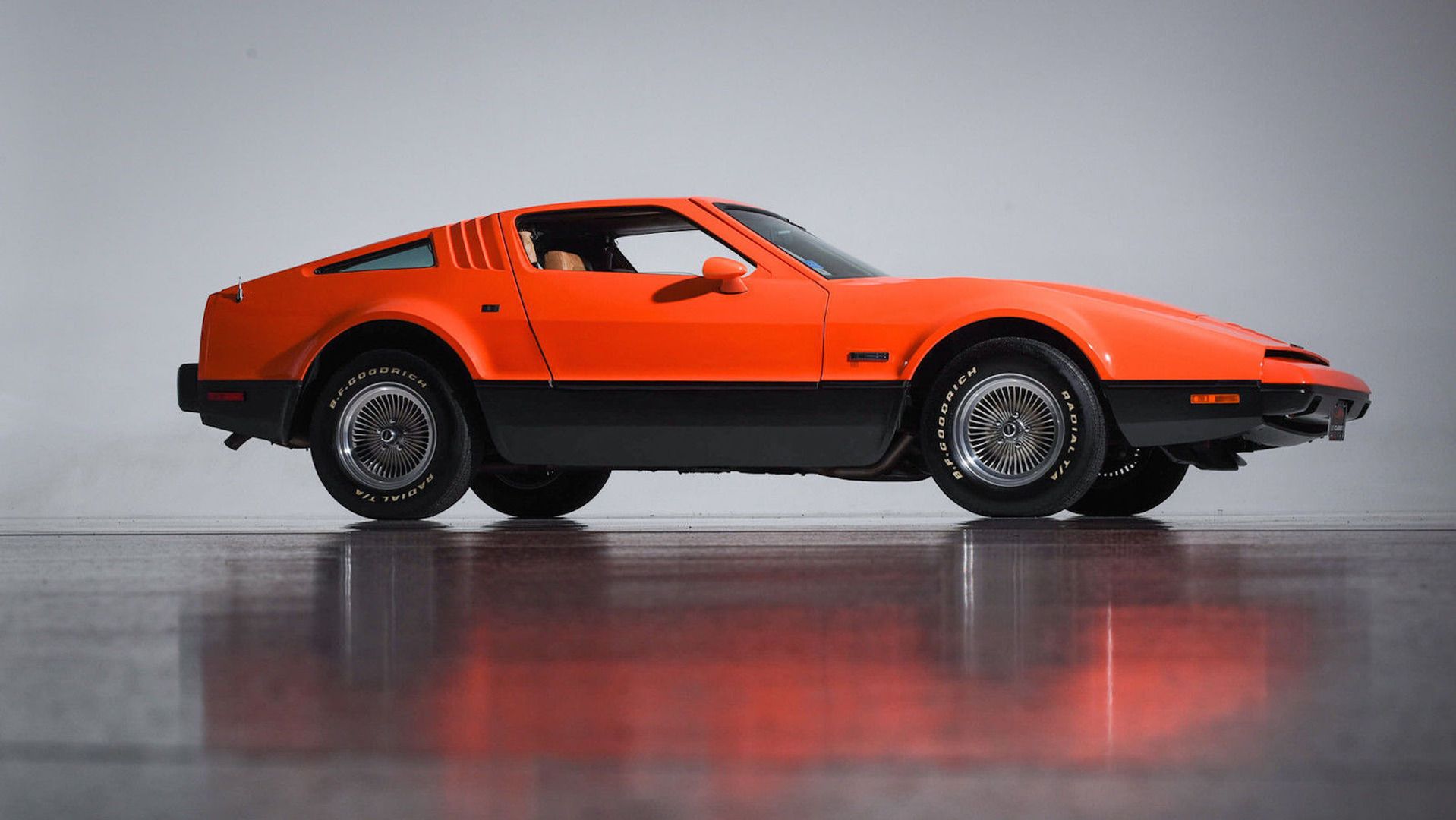Some of the most expensive cars ever sold are classic cars from established car manufacturers with rich histories. These automobiles were usually rare models with limited production numbers or certain cars that were responsible for tremendously historic moments. With that said, driving classic cars gives the illusion of being in a different time. Knowing that that very same model was driven by a significant character of the past gives you a taste of what it felt like to have been in that character’s shoes. Several classic cars today are still showing no signs of degradation and are aging quite well into the modern car market which has resulted in these automobiles appreciating in value to astonishingly staggering heights.
Not all classic cars share the same fortune and some examples are largely left untouched because of good reason. It may be that the car was designed poorly or maybe the reliability of these machines was ghastly or even just because these cars were plain ugly. Whatever the case may be, it still stands that some cars are better off forgotten and never driven again. A substantial number of these untouchables are considered to be lemons; these are cars that have several manufacturing defects from the factory that affect their utility, safety and overall value. Gobs of these lemons are destined to be deemed unfit for the road since a lot of their manufacturers have stopped producing extra parts which only makes the end of the lemons unavoidable and it’s only a matter of time.
24 1980 Corvette 305 California
The big oil crisis in the 80s affected the domestic car manufacturers such that all of them underwent an extreme paradigm shift to cope with the problem and muscle cars took an incapacitating kick to the gut.
Federal emissions requirements were pretty harsh for gas guzzling V8s and the Corvettes of the time took the brunt of the force head on.
As a result, Corvette released their models with underwhelming engines that just took the fun out of everything. Speed freaks and their measly 305 cubic inch V8s were not happy at all during this incredibly troublesome period.
23 1970 Triumph Stag
Notwithstanding the fact that the Triumph Stag looked decently good, its reliability was ostensibly compromised. Chrome was the name of the game in its styling and was well received by car enthusiasts and regular consumers alike.
However, there was one teeny tiny problem; the 3-liter V8 had a tendency to blow up, aluminum heads couldn’t stand the heat, timing chains snapped, and bearings refused to do their jobs.
The Stag’s downfall was definitely its flagrant disregard for reliability concerns. Owning one in this day and age would be appalling. A piston shooting out the hood of a car would certainly be sight to see, though it would be to the dismay of the esteemed proprietor.
22 1974 Jaguar XK-E V12 Series
The United States was Jaguar's main target market for the XK-E V12 Series III but to adhere to stricter domestic safety standards, the British manufacturer installed these horrendous rubber bumpers to meet the minimum 5-mph frontal collision requirement. Along with the absurdly weird front bumper, it still wasn't enough since they replaced the monster V12 for a heavier engine to follow emissions requirements as well which made the Jag front heavy. If you were planning to buy a classic Jaguar, we suggest you get the 1961 E-type instead. The XK-E was a freak, an unwanted child that the car market was forced to have.
21 1975 Trabant
The Trabant was powered by a completely overwhelming engine that pushed out 18 horsepower! Nope, that wasn't a typo that lacked a zero at the end. Communist countries don't usually produce automobiles but when they do, they're usually horrible. It was meant to rival the Volkswagen Beetle.
Poor design was the theme of the Trabant as even the most essential components of an automobile were left out such as turn signals and brake lights.
We just hope this horrendous piece of garbage will never be dug out of its grave but if you deem it to be a good idea to keep one, then good luck to you.
20 1971 Chevrolet Vega
Detroit is known for having produced some very reliable cars but unfortunately, the Chevrolet Vega isn’t one of them. Although the car was great in winding roads and was able to carry itself well with its four-cylinder engine, the aluminum blocks on these things were notorious for cracking under heat and ultimately destroying the engines.
The problem with Vegas also extends to the poor quality of the interior with numerous rattles and shakes within the cabin. Body panels were also a problem since they rusted pretty quickly. The Chevy Vega almost made Detroit go out of business but luckily, Detroit was able to bounce back with quality automobiles thereafter.
19 1976 Aston Martin Lagonda
NASA could not even have dreamed of the 1976 Lagonda. its modern computer driven parts were the fad when Aston Martin released this model. Too bad none of them worked properly. The designers of the Lagonda had clearly bitten off more than they could chew when they envisioned a cutting edge car that not even the world's leading rocket ship makers could create. Although this 4-door exotic didn't look half as bad as it ran, you could bet your pretty penny that owning a Lagonda would be an absolute disaster waiting to happen. Not only does a Lagonda break often, it is quite expensive to repair as well!
18 1980 Ferrari Mondial 8
It is beyond common knowledge that the legendary supercar maker, Ferrari, has produced some of the craziest cars to ever exist. Apparently, not everything Enzo Ferrari touched turned to gold as some people might have been led to think and the 1980 Mondial 8 is a testimony to that fact.
This is exactly what happens when a premium car manufacturer tries to cut corners in an attempt to enter a more affordable market; the quality just tends to be horrible. Start up the Mondial and you'll be met by the smell of burning wires as the electronics on these things were infamously poorly built.
17 1981 De Lorean DMC-12
Immortalized in the insanely popular “Back to the Future" franchise, the stainless steel De Lorean is probably not a classic car you would want to own. Its 2.8-liter V6 was simply way too small for the heavy body panels.
Granted, the gull-wing doors were pretty cool back in the day and they still are. Some people see the De Lorean as a dream car but it's largely because it's engrained in pop culture and not for its excellent driving experience.
One thing's for sure though, the De Lorean can bring about mixed opinions and reactions to the point where a few enthusiasts absolutely adore it and some gag at the thought of it.
16 1986 Lamborghini LM002
Looking more like a weird boxy Hummer than an Italian made luxury SUV, the LM002 is quite out of this world. Lamborghini already knows the type of people who buy the LM002; they are folks who have a wide collection of cars and they have a hard time driving all of them in circulation.
This is exactly why the Lamborghini LM002 had a switch beside the driver’s seat that could disconnect the battery so as to avoid it discharging over the course of how many months until you were able to take it out for a spin again. Lamborghini considers this their answer to the Hummer but it was generally not as successful as they predicted.
15 1976 Chevrolet Chevette
To put it simply, Chevrolet took the meaning of cost cutting to a whole new level. It was meant to replace the retiring Chevrolet Vega but was equally, if not more atrocious than its predecessor.
This was a time when imports from Japan were starting to gain popularity as they were a lot cheaper than domestic made automobiles and the Chevette was General Motor’s answer to these imports.
Peaking at a mere 74 horsepower and able to get as low as 52, the Chevette was about as powerful as a lawnmower on steroids. Its rear-wheel drive configuration didn’t help the poor Chevette as well since it added more weight to the already underpowered hatchback.
14 Morgan Plus 8 Propane
Morgan Motor Company of Malvern, Warwickshire imported cars into America since the 1930's and were considered to be one of the leading manufacturers in car making innovation. The United States Government issued new emissions and safety regulations for 4-wheeled vehicles in the 1970s but fortunately, a San Fransisco dealer by the name of Bill Fink managed to get the propane powered V8 certified for public use. Propane has many uses, but to power a V8 engine? That's a big risk of being engulfed in flames if you ask anyone. One should be wary of driving around in a car just waiting to explode.
13 1970 AMC Gremlin
Chop off the rear end of an AMC Hornet and you’ve got yourself an AMC Gremlin. Such a fitting name for a car that has a long snout reminiscent of the fictional little monster and it was about as ugly as well.
Some cars with the same proportions as the Gremlin might have worked but things didn’t go as planned for AMC as people saw the weird looking sub-compact car as an abomination.
Granted, it was faster than its rivals of the same segment but it didn’t really matter as the driving experience was openly wacky with the heavy engine throwing handling right out the window.
12 1984 Lada Riva
It doesn’t take a lot brains to figure out that the Soviets were particularly bad at making cars. The Lada Riva was based off the Fiat 124 the same way the Yugo was based off the old Fiat 127, kind of makes us wonder what our communist brothers saw in these Fiats that made them say “Hey, wouldn’t it be a great idea to make our own version of the Fiat, but worse?” As predicted, the Lada Riva was pretty similar to the Yugo especially in terms of reliability. Unbeknownst to many, this shameful example is still produced today in Egypt, though we highly doubt anyone sane would be excited to own one.
11 1982 Cadillac Cimarron
Cadillac wanted to have a piece of a new market which they saw when small, luxurious premium cars from some German car makers were selling them like hotcakes and the Cadillac Cimarron was their chosen candidate. Keep in mind that the Cimarron’s corporate sibling, the Chevrolet Cavalier, had about the same specifications, the only difference was that the Cimarron was equipped with a few more posh interior components but GM priced them thousands of dollars more. It was simply a lousy attempt at trying to build a lavish car. Don’t get us wrong, Cadillac knows a thing or two about cars but laziness in designing won’t do any manufacturer any good.
10 1961 Chevrolet Corvair
The early Corvair was dangerously prone to a lot of oversteer due to some poorly designed swing-axle independent rear suspension and that constitutes as one dangerous automobile. Chevrolet is no stranger to automotive flops and the Corvair is one entry in that list.
When you’ve held the domestic car market with an iron hand for so long, you tend to overlook new imported models expecting them not to make even the slightest dent in your massive sales.
However, when the Volkswagen Beetle gained a substantial following, Chevrolet hastily built the Corvair as a response and it’s safe to say that it wasn’t quite what they expected.
9 1971 Pinto
The Pinto is without a doubt one of the worst cars ever made. When the car had its rear end crushed, it had the tendency to burst into flames. Imagine stopping at a red light then a distracted driver accidentally crashes into your rear and you’re set ablaze the next instant; that would definitely make for a bad day in anybody’s books.
The potential payout for the victims was about 50 million dollars but the cost of recalling all Ford Pintos and reinforcing the rear of the car would have cost Ford a whopping 121 million dollars. Being a company bent on making the most profit, of course they settled with not making the necessary changes in the name of safety.
8 1984 Maserati Biturbo
Maserati was a desperate, failing brand, ready to file for bankruptcy when they issued the Biturbo and we could see it in the build quality. It was meant to be a proper grand touring sedan but as it turned out, the car was disappointing at best. We do acknowledge that the Italian car manufacturer has had some pretty good vehicles made in the past but needless to say, you should stay away from the Biturbo for your own sake. Staying true to Murphy’s Law; anything on this Maserati that could go wrong, evidently did as leaks and reliability problems riddled the car profusely.
7 1958 Lotus Elite
If there’s one thing the Lotus Elite has proven, it’s that looks aren’t everything. Fiberglass was an amazing innovation back when the Elite was released for the public; it was tough, cheaper than aluminum, and lighter than steel.
Although the Lotus Elite has had its fair share of wins at the 24 Hours of Le Mans (six times to be exact), the fiberglass body wasn’t able to cope with the internal stresses and the structural strain beset on the fundamental components especially at high speeds and in quick corners. As it turns out, this loveable little sports coupe was more of a liability, particularly on your wallet.
6 1971 Chrysler Imperial LeBaron
The 1970s saw the birth of unusually long cars but the Imperial LeBaron was a cut above the rest as it was nearly 20 feet long but had only two doors. That’s a lot of real estate for only two doors if you ask anybody in their right minds.
Although the colossal Chrysler 440 V8 was able to force the boat-like automobile forward, it still drove like a bank vault on wheels.
American manufacturers have probably run out of ideas by this point for new cars as this was candidly an oversized vehicle much like the oversized soda cups you can find at your generic, American convenience store.
5 1975 Bricklin SV1
SV1 stands for “Safety Vehicle 1” even though they were ironically made out of plastic that can be found in nearly any household. It was said to be the “car of the future” as its creator, Malcolm Bricklin, proclaimed.
The gull-wing doors were a desirable feature but that also had its faults as they weighed 100 pounds, a substantial number, enough to cause injury if mishandled somehow.
The nefariousness does not end there though; its V8 engine was also subjected to ridicule because it was not nearly enough to carry the heavy body and the shame of the driver with it.

